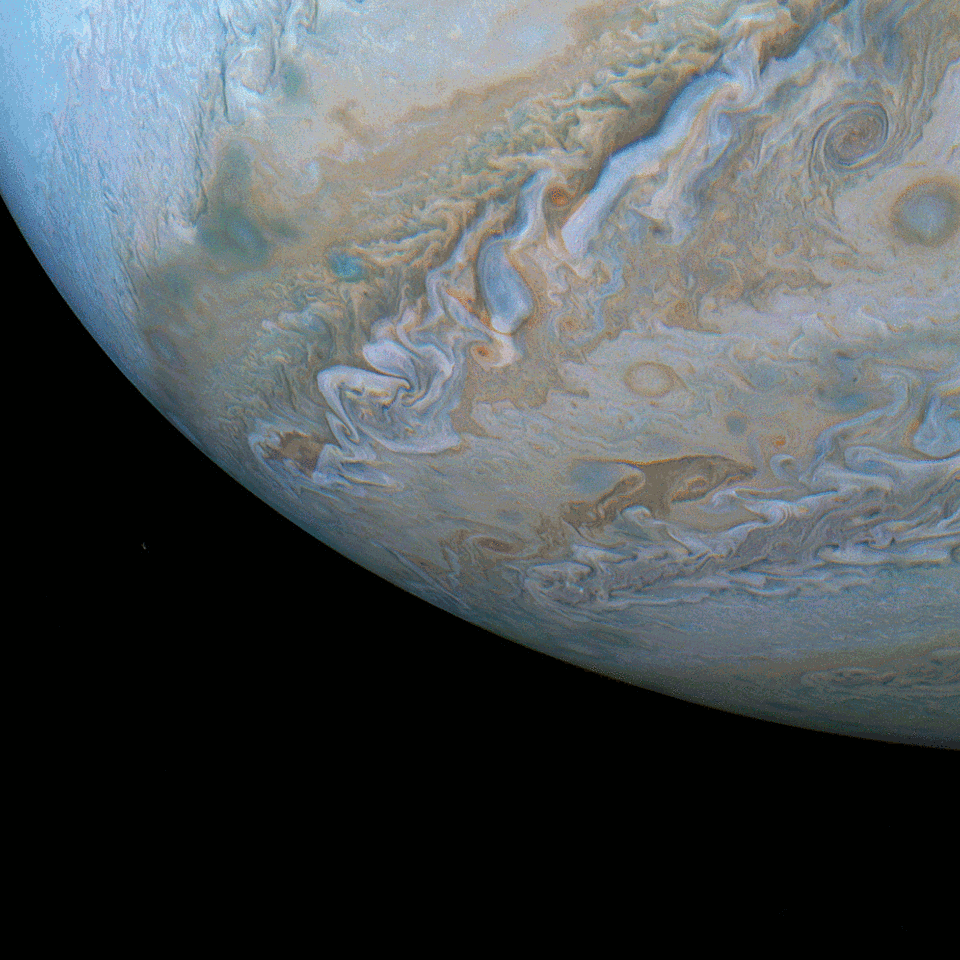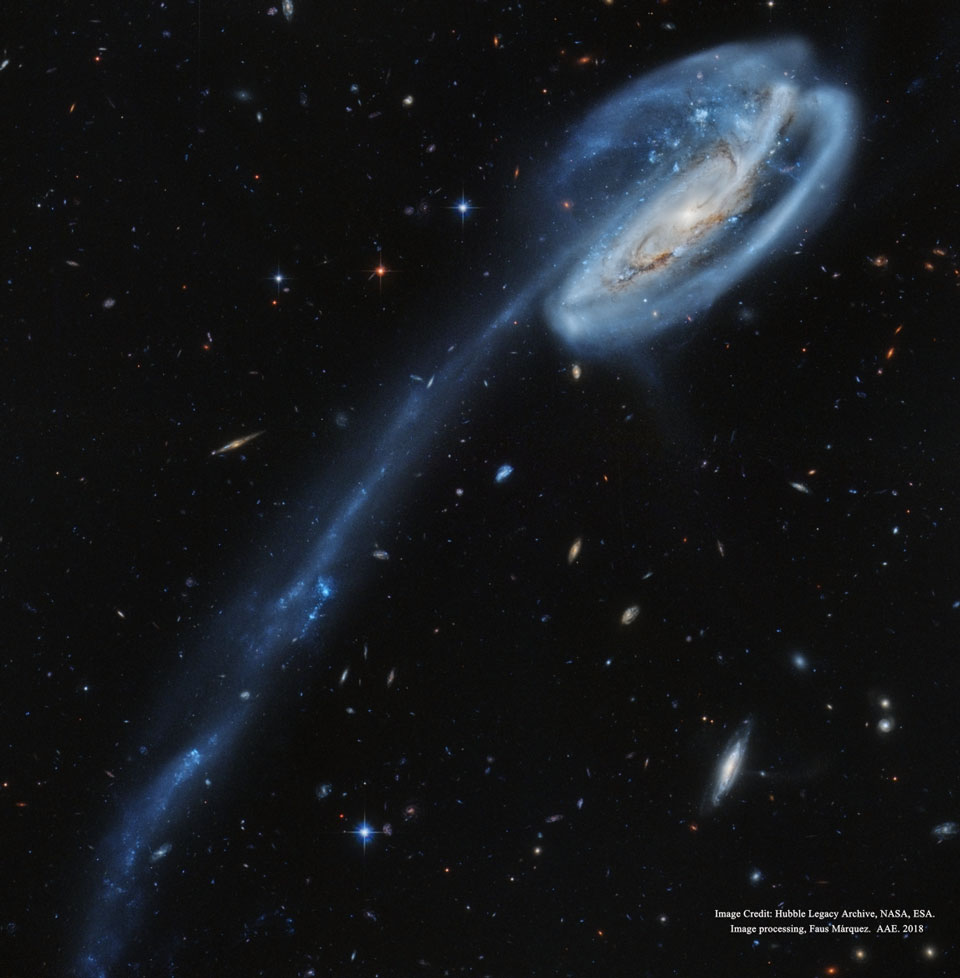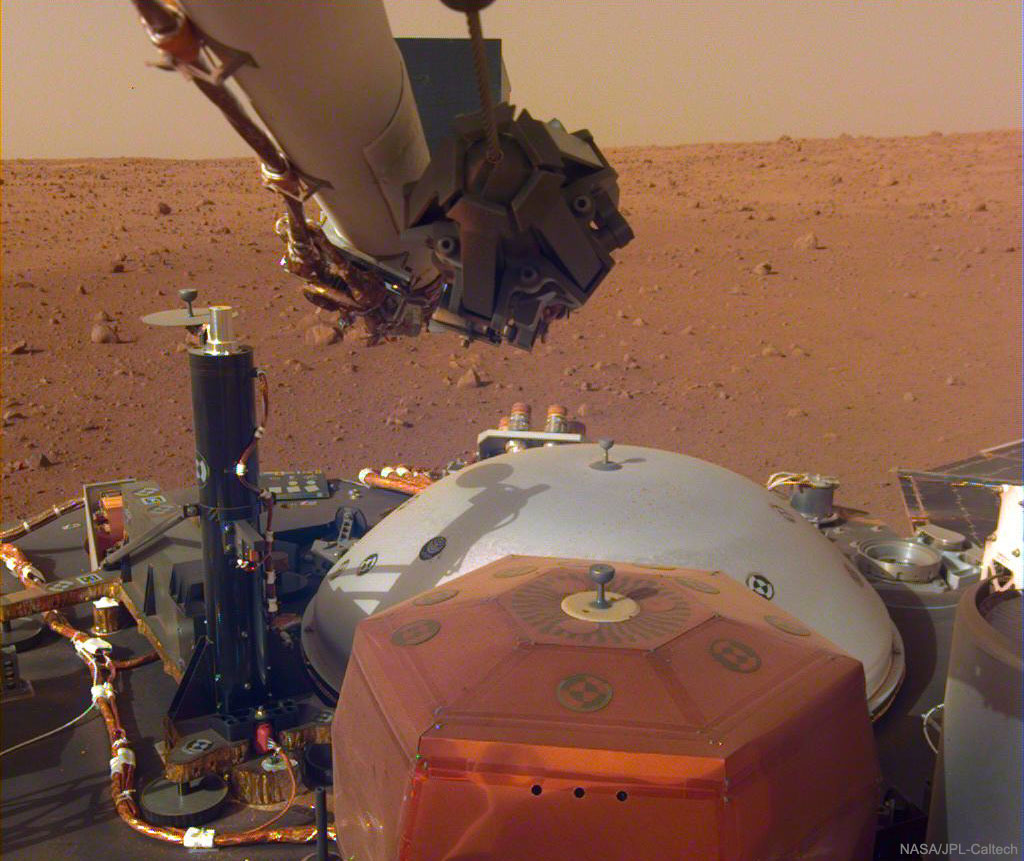Nombre total de pages vues
18/12/2018
17/12/2018
Bientôt un vaccin contre le cancer ? - Santé/Médecine - Video

Des lymphocytes (en violet), cellules du système immunitaire, s'attaquent à des cellules cancéreuses.
Les vaccins nous protègent des virus ou des bactéries... et s'ils empêchaient de développer des cancers ? Dans certains labos de recherche, cette piste originale est bel et bien explorée !
Imaginez être protégé par une simple injection de la maladie la plus meurtrière en France : le cancer. Un vaccin qui ciblerait les cellules cancéreuses, entraînant le système immunitaire à détruire toute tumeur qui se développerait dans notre organisme. Est-ce un rêve ?
Comme le révèle Elsa Abdoun à Jérôme Bonaldi, les recherches de ce type sont beaucoup plus avancées qu'on ne le pense. Des premiers résultats très encourageants ont été atteints chez les souris ! Mais pour les biologistes, la tâche est complexe. Car il faut éviter à tout prix de retourner notre système immunitaire contre nos cellules saines — ce qu'on appelle une réaction auto-immune, très dangereuse...
Science & Vie
Science & Vie
M31: The Andromeda Galaxy - Astronomy picture of the day - 2018 December 17

Image Credit & Copyright: Robert Gendler
Explanation: What is the nearest major galaxy to our own Milky Way Galaxy? Andromeda. In fact, our Galaxy is thought to look much like Andromeda. Together these two galaxies dominate the Local Group of galaxies. The diffuse light from Andromeda is caused by the hundreds of billions of stars that compose it. The several distinct stars that surround Andromeda's image are actually stars in our Galaxy that are well in front of the background object. Andromedais frequently referred to as M31 since it is the 31st object on Messier's list of diffuse sky objects. M31 is so distant it takes about two million years for light to reach us from there. Although visible without aid, the featured image of M31 is a digital mosaic of 20 frames taken with a small telescope. Much about M31 remains unknown, including exactly how long it will before it collides with our home galaxy.
16/12/2018
Comet Wirtanen Passes by the Earth - Astronomy picture of the day - 2018 December 16

Image Credit & Copyright: Ruslan Merzlyakov (RMS Photography)
Explanation: Today Comet Wirtanen passes by the Earth. The kilometer-sized dirty snowball orbits the Sun every 5.4 years, ranging as far out as Jupiter and as close in as the Earth. Today Comet 46P/Wirtanen passes within only 31 lunar distances to the Earth, the closest approach in 70 years. If you know where to look (Taurus), you can see the comet through binoculars as an unusual blue smudge. Pictured a week ago, Comet Wirtanen was photographed in the sky beyond an old abandoned church in Skagen, Denmark. The image composite also captures the astrophotographer. After today, the comet will begin to fade as it recedes from the Earth and the Sun.
15/12/2018
Geminids and Friends - Astronomy picture of the day - 2018 December 15

Image Credit & Copyright: Daniel López (El Cielo de Canarias)
Explanation: From a radiant in the constellation of the Twins, the annual Geminid meteor shower rained down on our fair planet this week. This beautiful skyscape collects about 70 of Gemini's lovely shooting stars in a digital composition made from multiple exposures. The exposures were taken over a six hour period near the shower's peak. The camera was tracking the dark predawn sky on December 14 from Teide National Park on the Canary Island Tenerife. Though Gemini lies off the top left of the frame, the Milky Way sweeps through the starry background. Sharing the sky below and left of center are recognizable stars and nebulosities of Orion. A yellowish Aldebaran and the Hyades are toward the right along with the Pleiades star cluster. Also a welcome visitor to this night sky, the faint green coma of Comet 46P Wirtanen, closest to Earth this weekend, lies below the Pleiades stars. Dust swept up from the orbit of active asteroid 3200 Phaethon, Gemini's meteors enter Earth's atmosphere traveling at about 35 kilometers per second.
Dvořák - Herbert von Karajan & Vienna Philarmonic - Symphony No. 9 "From The New World" - Video - Music - Live
"Symphony No. 9 "From The New World"
14/12/2018
Swimming on Jupiter - Astronomy picture of the day - 2018 December 14

Image Credit: NASA, JPL-Caltech, SwRI, MSSS; Processing: Brian Swift, Sean Doran
Explanation: On October 29, the Juno spacecraft once again dove near the turbulent Jovian cloud tops. Its 16th orbital closest approach or perijove passage, brought Juno within 3,500 kilometers of the Solar System's largest planetary atmosphere. These frames, recorded by JunoCam while the spacecraft cruised 20 - 50 thousand kilometers above the planet's middle southern latitudes, seem to follow a swirling cloud shaped remarkably like a dolphin. Swimming along Jupiter's darker South South Temperate Belt, this dolphin is itself planet-sized though, some thousands of kilometers across. Juno's next perijove passage will be December 21.
12/12/2018
M43: Orion Falls - Astronomy picture of the day - 2018 December 12

Image Credit & Copyright: Zhuoqun Wu, Chilescope Telescope 2
Explanation: Is there a waterfall in Orion? No, but some of the dust in M43 appears similar to a waterfall on Earth. M43, part of the Orion Molecular Cloud Complex, is the often imaged but rarely mentioned neighbor of the more famous M42. M42, which includes many bright stars from the Trapezium cluster, lies above the featured scene. M43 is itself a star forming region and although laced with filaments of dark dust, is composed mostly of glowing hydrogen. The entire Orion field, located about 1600 light years away, is inundated with many intricate and picturesque filaments of dust. Opaque to visible light, dark dust is created in the outer atmosphere of massive cool stars and expelled by a strong outer wind of protons and electrons.
Arp 188 and the Tadpole's Tail - Astronomy picture of the day - 2018 December 11

Explanation: Why does this galaxy have such a long tail? In this stunning vista, based on image data from the Hubble Legacy Archive, distant galaxies form a dramatic backdrop for disrupted spiral galaxy Arp 188, the Tadpole Galaxy. The cosmic tadpole is a mere 420 million light-years distant toward the northern constellation of the Dragon (Draco). Its eye-catching tail is about 280 thousand light-years long and features massive, bright blue star clusters. One story goes that a more compact intruder galaxy crossed in front of Arp 188 - from right to left in this view - and was slung around behind the Tadpole by their gravitational attraction. During the close encounter, tidal forces drew out the spiral galaxy's stars, gas, and dust forming the spectacular tail. The intruder galaxy itself, estimated to lie about 300 thousand light-years behind the Tadpole, can be seen through foreground spiral arms at the upper right.Following its terrestrial namesake, the Tadpole Galaxy will likely lose its tail as it grows older, the tail's star clusters forming smaller satellites of the large spiral galaxy.
Sound and Light Captured by Mars InSight - Astronomy picture of the day - 2018 December 10

Explanation: Your arm on Mars has unusual powers. For one thing it is nearly 2 meters long, has a scoop and grapple built into its hand, and has a camera built into its forearm. For another, it will soon deploy your ear -- a sensitive seismometer that will listen for distant rumblings -- onto the surface of Mars. Your SEISmomet-ear is the orange box in the foreground, while the gray dome behind it will be its protective cover. Your arm is attached to the InSight robotic lander that touched down on Mars two weeks ago. Somewhat unexpectedly, your ear has already heard something -- slight vibrations caused by the Martian wind flowing over the solar panels. Light from the Sun is being collected by the solar panels, part of one being visible on the far right. Actually, at the present time, you have two arms operating on Mars, but they are separated by about 600 kilometers. That's because your other active arm is connected to the Curiosity rover exploring a distant crater. Taken a week ago, rusty soil and rocks are visible in the featured image beyond Insight, as well as the orange sky of Mars.
Inscription à :
Commentaires (Atom)
ASTRONOMY - Jupiter Abyss
2024 November 3 Jupiter Abyss Image Credit: NASA , Juno , SwRI , MSSS ; Processing & License : Gerald Eichstädt & Sean Dor...

-
2022 September 26 All the Water on Planet Earth Illustration Credit: Jack Cook, Adam Nieman, Woods Hole Oceanographic Institution ; Data ...
-
2025 May 11 The Surface of Venus from Venera 14 Image Credit: Soviet Planetary Exploration Program , Venera 14 ; Processing & Copyri...
